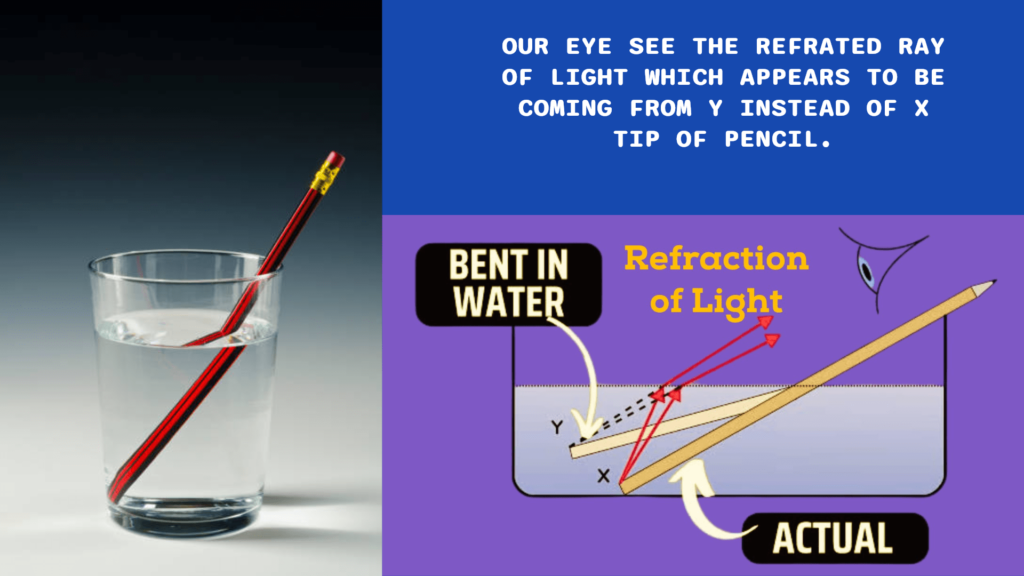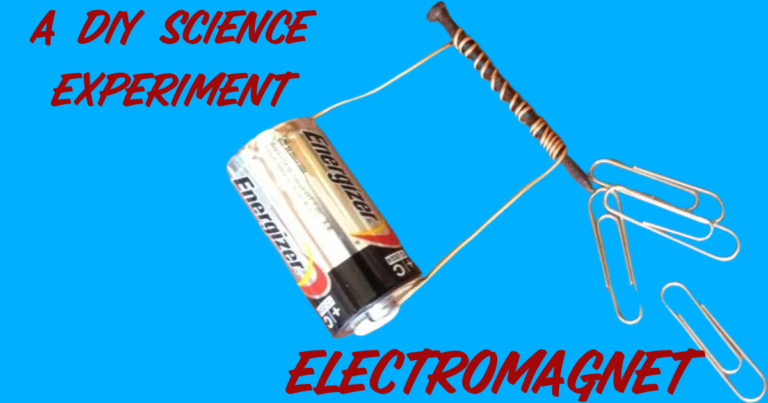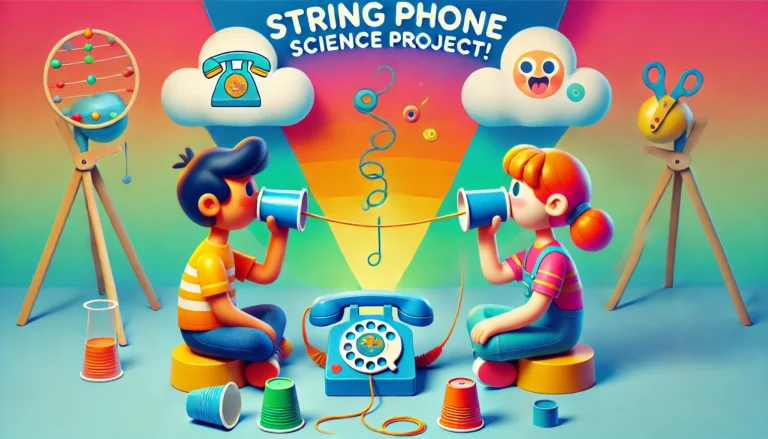The Science of Mirages: A School Project Report on Light Refraction and Optical Illusions
Introduction
Mirages are one of nature’s most intriguing optical illusions, often seen on hot days when it looks like water is shimmering on the road ahead.
However, as you get closer, the water seems to vanish. This phenomenon isn’t just a trick of the mind but a fascinating example of how light behaves in different conditions. In this project, we will explore the science behind mirages, how they occur, and even conduct a simple experiment to understand the concept of light refraction.
What is a Mirage?
A mirage is an optical illusion that occurs when light bends as it passes through layers of air at different temperatures. On hot days, the ground heats the air just above it, creating a significant temperature difference between the air near the ground and the air higher up. This temperature difference causes light rays to bend, creating the illusion of water or a distant object that isn’t actually there.
The Science Behind Mirages
To understand how mirages work, it’s important to first understand the concept of light refraction. Refraction occurs when light passes from one transparent medium to another, changing speed and direction. For example, when light moves from air (less dense) to water (more dense), it slows down and bends. This bending of light is what creates optical illusions like mirages.
How Mirages Form
On a hot day, the sun heats the surface of the road, which in turn heats the air directly above it. The air near the ground becomes much warmer and less dense compared to the cooler, denser air higher up. Light from the sky traveling through these layers of air bends or refracts due to the change in air density. As a result, the light rays curve upward, creating an image of the sky on the ground. This image is often mistaken for water because our brains are conditioned to associate reflective surfaces on the ground with water.
The Illusion of Water
When driving along a highway, the mirage looks like a pool of water on the road ahead. This is because the light rays from the sky are bent towards your eyes after passing through the varying temperatures of air, making it appear as though the sky is reflected on the road. The illusion of water is further enhanced by the shimmering effect, which occurs due to the constant changes in the air’s temperature and density.
Experiment: Observing Refraction
To better understand how light refraction works, let’s conduct a simple experiment using everyday materials.
Materials Needed
- A clear glass
- Tap water
- A pencil

Procedure
- Fill the Glass: Start by filling the glass about two-thirds full with tap water.
- Position the Pencil: Place the glass on a table and hold the pencil upright in the water so that the tip is about halfway between the water’s surface and the bottom of the glass.
- Observe the Pencil: Look at the pencil from about 1 foot (30 cm) in front of the glass. Notice how the pencil appears where it enters the water.
- Move the Pencil: Slowly move the pencil back and forth in the water, keeping your head in the same position. Observe any changes in the appearance of the pencil.
- Remove the Pencil: Finally, remove the pencil from the water and observe how it looks when it is completely out of the water.
Observations
When the pencil is in the water, it appears bent or broken at the point where it enters the water. This happens because the light rays from the submerged part of the pencil bend as they pass from the water to the air, creating the illusion that the pencil is in two different places. The part of the pencil above the water appears straight, while the submerged part appears shifted.
Explanation
This bending of light is called refraction. Light normally travels in straight lines, but when it moves from one medium to another (in this case, from water to air), it changes speed and direction. Water is denser than air, so the light slows down and bends as it exits the water, causing the pencil to look bent or displaced. This experiment helps us visualize how light refraction works in the context of a mirage.
Real-World Example: How Mirages Occur
A mirage is similar to the pencil experiment but on a much larger scale. On a hot day, the air near the ground becomes significantly warmer and less dense than the air above it. As light from the sky travels through these layers of air, it bends, causing the sky to appear on the ground as if there is water. This is why you see what looks like a pool of water on the road in the distance. The shimmering effect, which adds to the illusion of water, occurs because of the varying temperatures and densities in the air, which constantly change the path of the light.
Conclusion
Mirages are a perfect example of how our eyes and brains can be tricked by the natural world. They are not just a curious phenomenon but a demonstration of the fascinating science of light refraction. By understanding how light bends when it passes through different mediums, we can explain why mirages occur and how they create the illusion of water on the road. This project has not only taught us about mirages but also provided a hands-on experiment to explore the concept of refraction, making the science behind this natural optical illusion more accessible and understandable.






